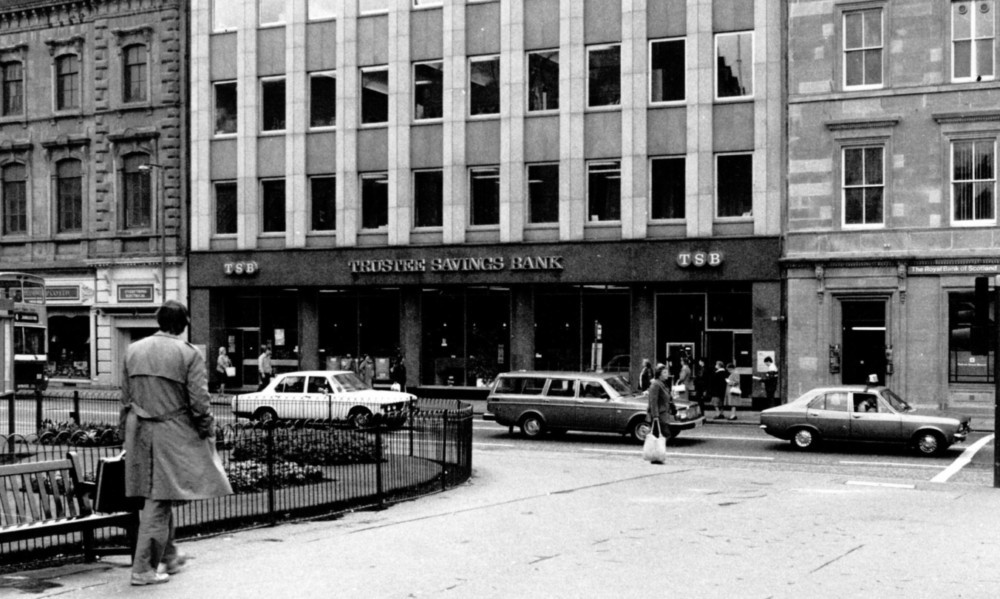The historic banking name TSB is to return to UK high streets under Lloyds’ plans to spin off the business it has failed to sell to the Co-op.
TSB merged with Lloyds Bank in 1995 to create Lloyds TSB but was once a famous banking brand in its own right.
Its history dates back to 1810, when Trustee Savings Banks were created as part of a movement to encourage those on moderate means to put money aside.
TSBs were initially local institutions were largely independent of one another but they began merging in the 1970s to create 16 regional groups, which finally joined forces as one the TSB Group that was floated on the London Stock Exchange in 1986.
Its merger with Lloyds nearly a decade later created a major force in UK banking, bringing together TSB’s strength in savings and insurance with Lloyds’ mortgage and small business banking expertise.
The revival of TSB will also mark the return of the Lloyds Bank standalone name for the first time in 18 years, as it will replace the current Lloyds TSB branding.
However, it will see the Cheltenham & Gloucester (C&G) name disappear from town centres, ending a history that dates back to 1850.
Lloyds said the TSB brand will start appearing by the summer on the 632 branches it has to offload under European Union rules on state aid.
Currently known as Project Verde, the TSB business will have around five million customers, an estimated 8,000 employees and a 4.3% share of the current account market
As a standalone business, it already has the eighth-largest branch network in the UK just behind Halifax.
Lloyds also believes the group has the potential to increase its share of the current account market to 6% as C&G branches included in the network only sell savings and mortgage products.
It has already installed a separate management team to head the network, led by Lloyds consumer banking and payment boss Paul Pester as chief executive and has an IT system in place.
The branches are spread across the UK, comprising 164 C&G, 185 Lloyds TSB Scotland and 283 Lloyds TSB England and Wales.
According to the Campaign for Community Banking Services, by far the bulk of the Lloyds TSB network being offloaded 79% are in Scotland, Wales and the North and Midlands, with around 99 in the south.
The C&G branches are spread more widely across the UK.
